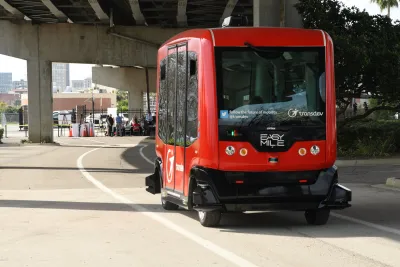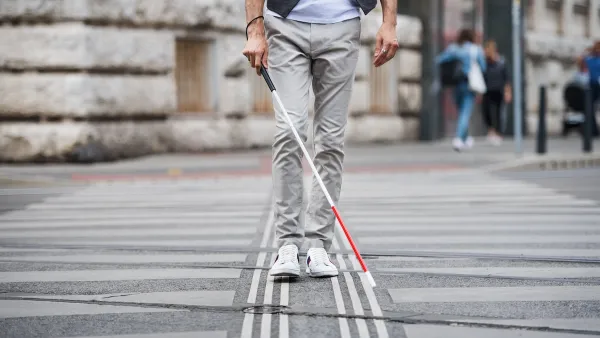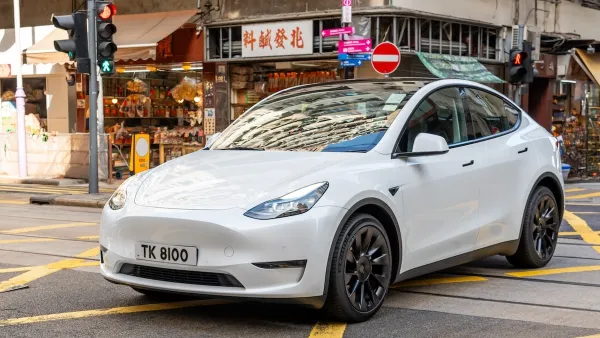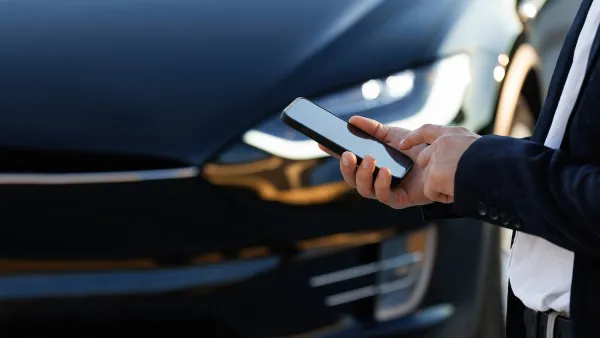There's a potential consequence from autonomous vehicles that has mostly gone unnoticed: municipal financial ruin.

Susan Crawford, Wired contributor, Harvard Law School professor, and author, is broadcasting a warning about the unintended consequences of an autonomous future after attending Meeting of the Minds in Ann Arbor, Michigan. There, Crawford attended a session on autonomous vehicles that included Nico Larco, director of the Urbanism Next Center at the University of Oregon. Larco is recidted with reminding attendees, and now you, of how many taxes and fees automobiles generate:
…many cities balance their budgets using money brought in by cars: gas taxes, vehicle registration fees, traffic tickets, and billions of dollars in parking revenue. But driverless cars don't need these things: Many will be electric, will never get a ticket, and can circle the block endlessly rather than park. Because these sources account for somewhere between 15 and 50 percent of city transportation revenue in America, as autonomous vehicles become more common, huge deficits are ahead.
While some cities are taking steps to create new revenue generating mechanisms that reflect the operation of self-driving cars and other forms of autonomous vehicles, many localities are limited by state control. "Michigan, for example, does not allow Detroit [pdf], a short drive away from that Ann Arbor ballroom, to make any rules about driverless cars," according to Crawford.
Crawford expects that already struggling cities (and communities within cities) will be particularly disadvantaged by the next era of transportation technology. Luckily, there are models for transportation funding that could provide at least a partial solution to the looming crisis. In the meantime, however, Crawford says, " we need to press Pause on aggressive plans to deploy driverless cars in cities across the United States."
FULL STORY: Autonomous Vehicles Might Drive Cities to Financial Ruin

Analysis: Cybertruck Fatality Rate Far Exceeds That of Ford Pinto
The Tesla Cybertruck was recalled seven times last year.

National Parks Layoffs Will Cause Communities to Lose Billions
Thousands of essential park workers were laid off this week, just before the busy spring break season.

Retro-silient?: America’s First “Eco-burb,” The Woodlands Turns 50
A master-planned community north of Houston offers lessons on green infrastructure and resilient design, but falls short of its founder’s lofty affordability and walkability goals.

Test News Post 1
This is a summary

Analysis: Cybertruck Fatality Rate Far Exceeds That of Ford Pinto
The Tesla Cybertruck was recalled seven times last year.

Test News Headline 46
Test for the image on the front page.
Urban Design for Planners 1: Software Tools
This six-course series explores essential urban design concepts using open source software and equips planners with the tools they need to participate fully in the urban design process.
Planning for Universal Design
Learn the tools for implementing Universal Design in planning regulations.
EMC Planning Group, Inc.
Planetizen
Planetizen
Mpact (formerly Rail~Volution)
Great Falls Development Authority, Inc.
HUDs Office of Policy Development and Research
NYU Wagner Graduate School of Public Service




























